The handling of a product or service's entire production flow, from the raw materials to the delivery of the finished product to the customer, is known as supply chain management. A business establishes a network of suppliers (or "links" in the chain") to transport the product from raw material suppliers to companies that interact with customers directly.
Even though the supply chain and logistics are sometimes considered similar, logistics is actually only one part of the supply chain. Modern SCM systems are digitally based and include material handling and software for all parties involved in manufacturing goods and services, order fulfillment, and information tracking, including suppliers, manufacturers, wholesalers, carriers, and retailers.

A robust supply chain system efficiently reduces costs, waste, and manufacturing cycle time. A just-in-time supply chain, where retail sales immediately notify replenishment orders to manufacturers, has become the industry standard. Then, retail displays can be restocked precisely as soon a product is sold. Analyzing the data from supply chain partners to see where additional modifications can be made is one method to further improve this process.
The buyer can complain of poor service if they order more stuff than the manufacturer can provide. Manufacturers could be able to see the shortage through data analysis before the customer is dissatisfied.
With SCM you can develop forecasts that are up to 50% more accurate. It automatically determines the relationships between time series data and other factors using the most advanced technology.
Using SCM, you can decide how much inventory to buy and allocate based on accurate client demand predictions. This makes you save expenses while maintaining high levels of client satisfaction.

The process of forecasting product demand and then coordinating every link in the supply chain to provide it is known as supply chain planning. It also involves supply planning, materials requirements planning (MRP), production planning, and sales and operations planning in addition to demand forecasting and planning (S&OP). These strategies are often all integrated together into a single, integrated platform in modern SCM.
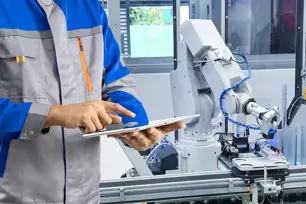
Maintaining (and enhancing) quality, efficiency, and customer satisfaction while keeping production and procedures as streamlined as possible is a top priority for manufacturing in SCM. Systems in the supply chain that are driven by artificial intelligence (AI) and the Internet of Things (IoT) can collect and analyze big data to automate and streamline industrial operations. Smart machines can efficiently supply mass customization, and on-demand 3D printing can minimize overstock and shortages.

The process of procuring supplies, products, and services to fulfill company requirements, assuring the value and quality of such supplies, and settling on reasonable costs is known as procurement. Accurately predicting order quantities is a challenging task for the sourcing and procurement teams since both shortages and surpluses can hurt the company's bottom line. Predictive analytics and machine learning-based SCM systems can assist avoid guessing in purchasing and procurement.

The process of warehouse operations gets used in product planning, and managing internal & external movements in SCM. The inventory gets stored effectively and efficiently in the warehouse in the process of supply chain management. Accurate warehouse location helps in enhancing the supply workflow and also, connecting to more partners like investors, vendors, and others. It also supports fulfilling the orders and distribution to the vendors. In conclusion, warehouse streamlines the supply process.

The process of managing and maintaining physical assets throughout the supply chain, from factory automatons to delivery fleets, is known as enterprise asset management. Digital twins, M2M connection, and IoT sensors are changing EAM and enhancing productivity, uptime, safety, and preventative and predictive maintenance. Some connected assets can even predict maintenance needs and carry out self-maintenance, including locating and ordering the parts required to increase their lifespans.
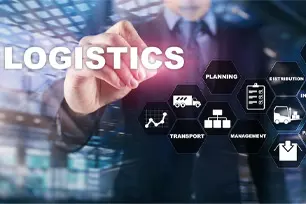
From the beginning of the supply chain with raw materials and manufacture through the delivery of completed items to retailers or consumers — and even on to product service, returns, and recycling — logistics management involves the movement and storage of commodities. Involved in business processes including fleet, warehouse, inventory control, incoming and outbound transportation management, and customer service.
A company's purchasing department is essential because it supplies the materials and resources required to make products. The chances get more interesting as the economy becomes more international. The following are just a handful of the many positions that are available within this function: Material manager, corporate purchasing manager, coordinator, or analyst These positions could be found in a corporate setting or in the field, such as a factory. Depending on the business, people could be involved in buying anything from office supplies to components for building aviation engines

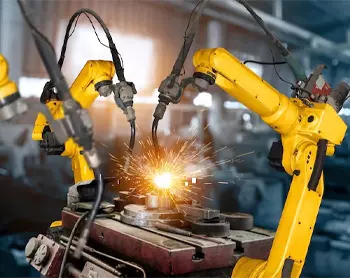
As businesses relocate different production operations overseers, the manufacturing function has gotten a lot of press attention. There are still many employment openings. These could be an engineer, QA analyst, plant manager, line worker, corporate manager of production planning, corporate manager of production planning, or production planner. Since many goods are always manufactured here, manufacturing will always be important to the economy. Businesses will continue to produce goods because of the skilled labor force and abundant natural resources, from food to automobiles.
Inventory management's goal is to maintain consistent levels of production, sales, and/or customer service while spending the least amount of money possible. Any manufacturing firm must manage its inventory effectively. A company's physical inventory is frequently one of its most important assets, and without it, sales would not occur. Inventory makes it possible to have the right product, in the right location, at the right time. Since goods are now produced and obtained anywhere in the globe, the inventory function has grown in importance and difficulty in the modern global economy.


Demand forecasting indicates what the product's future demand will be. In other terms, it relates to the estimation of likely demand for a good or service based on historical events and current trends. Demand planning now calls for zeal for machine learning and analytic skills. It helps if you had a crystal ball, but since few people have, it is left to individuals who are skilled at data analysis and interpretation to predict what people will buy, what components you will require, or what trends will affect the sales of your product.
It is handling the physical and administrative tasks related to materials and goods storage. The warehouse has changed into a distribution center and even a place where the finished product can be customized physically through repackaging, labeling, or other changes in the world of mass customization today. These facilities are the last "stop" before transferring to the customer, hence their significance has increased. In order to fulfill client orders with the appropriate product at the right time, proper handling, storage, and administration of the items must take place within these facilities.
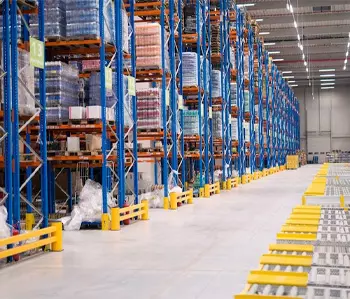
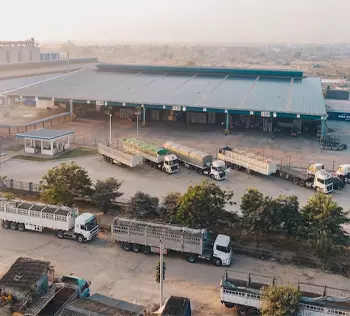
The transportation component serves as the point where the road actually meets the ground. Even if a business has the appropriate goods in the right warehouse at the right time, it won't reach the client in time without transportation. This role is much more important in the modern global economy since it is no longer as simple as loading a product onto a truck and having it delivered. Now, it can be delivered to the buyer through a container ship, an airline, a railway, a truck, or even an Uber car. When choosing the alternative businesses can consider factors like cost, speed, and capacity to serve.
This ensures that clients are satisfied with a product or service. Even though the customer support function might seem to be at the end of the supply chain, the process is in fact far from over. This role is crucial since it works to satisfy consumer demands and guarantee that customers get what they want when they want it. It is crucial that they have the abilities and expertise to understand a customer's needs and, where possible, to address those demands because this role is sometimes the only point of contact a customer has with a customer.

We have a huge base of satisfied customers and they are accomplishing their business objectives more quickly.

Chat Now
Get live help and chat with an SCM expert.